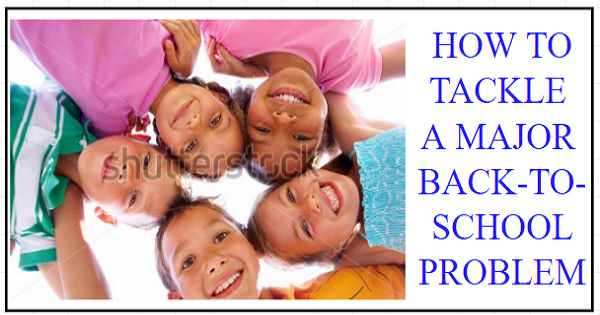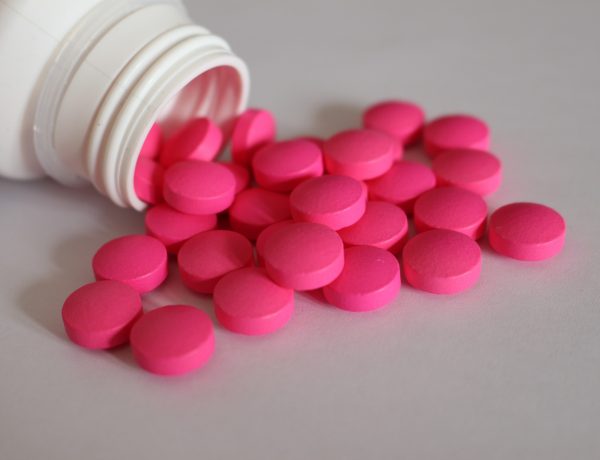
Have you seen any little face in a dashing uniform, with the most adorable smile ready to experience the academic year?
It is Back to School in England. We know when children go back to school, they get exposed to all sort of minor ailments. Head lice is a major culprit, common in kids aged 4 to 11 years. Head lice are not a serious health problem however it can cause extreme itchiness of the scalp and can be embarrassing.
How is head lice spread and how can it be treated?
BACKGROUND
Head lice also known as Pediculus capitis, is a small white or grey/brown insects that feeds on blood from an individual’s scalp to survive. The female louse lays eggs in the hair shaft, after 6 to 7 days the young louse hatches and the cycle continues. Eggs attached to the hair shaft are not proof of infection. This is because the eggs can remain visible weeks after death.
HEAD-LICE SPREAD
Head lice are only able to crawl therefore can only spread through close head to head contact. To confirm infestation, comb through wet or dry hair with a fine-tooth comb to find a live louse. The NHS website composed a detailed step by step guide click here.
TREATMENT
Tailoring the life cycle of a head louse, some treatments will require to be carried out twice with a 7-day interval to ensure all newly hatched louse are killed. There are varieties of products on the market (lotions sprays, mousse). Discussed below are 4 treatment routes:
- Dimeticone 4 %: acts by a physical process. It place a cover over the lice which restricts them from feeding and moving and excreting excess water.
- Malathion: this is a chemical based insecticide with low human toxicity.
- Isopropyl myristate/cyclomethicone: this dissolves the outer coat hence causes the lice to die through dehydration.
- Wet combing: this is the recommended treatment for pregnant women and babies. It does not involve the use of any active ingredient.’
- There is no clinical evidence to support effectiveness of herbal remedies and essential oils treatments.
CAUTION
- Alcoholic lotions are highly flammable. Do not use with a hair dryer.
- Avoid swimming because chlorine in the water can deactivate the treatment.
- Spray formulation can aggravate patients with asthma while lotions can cause skin irritation in children (patient) prone to eczema.
- Electric combs kills the live lice however it has no effects on the eggs in the hair shaft.
PREVENTION
- Regular detection combing.
- In an outbreak tie up long hair and tuck away fringe.
- Activdiol 1% is marketed by hedrin to protect against head lice. It disrupts the insect’s life cycle.
Sources
CPPE Responding to Minor Ailments
NHS.UK
Have more tips to share? Leave a comment below





2 Comments
Tyler Meredith
October 4, 2016 at 00:21I like what this article recommends about preventing lice after getting rid of it. It makes sense that it could be beneficial to prevent lice in the future as having to deal with it again could be problematic. it’s something I’ll have to keep in mind for my kids after I have them treated as I want to make sure they don’t get it again.
http://www.superlicefighters.com/index.php/lice-clinic-solution/
Kaka Osagie
October 4, 2016 at 22:57Thank you very much for your feedback 🙂